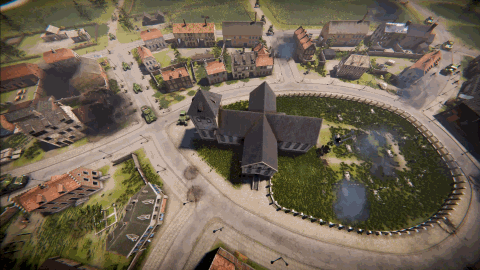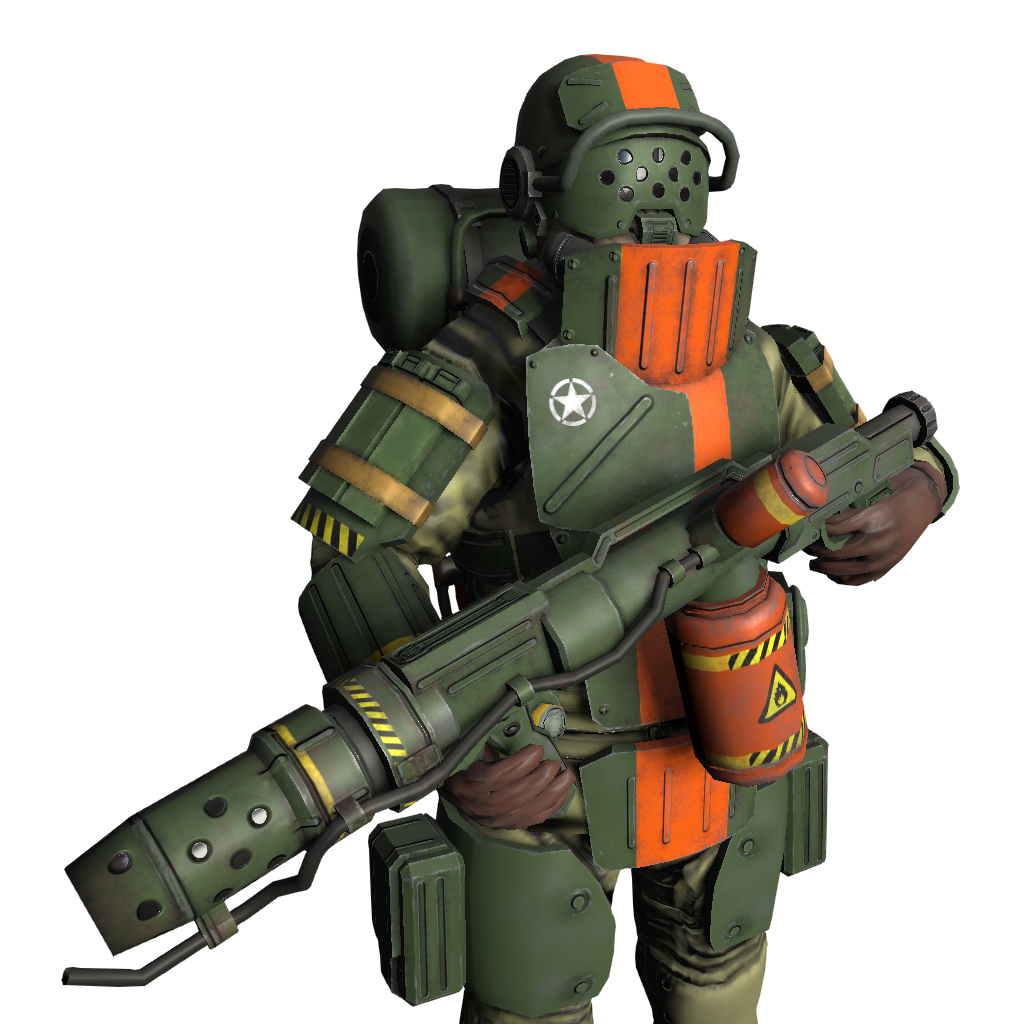Game Overview
 Armored Fortress redefines WWII alternate-history strategy by fusing real-time tactics, dynamic operational planning, and unit customization into a single experience. Set in a tech-divergent post-1945 world, players command two initial factions (Germans/Allies, with more to come) across narrative campaigns and varied modes—including dynamic skirmishes, resource domination, and the roguelike "Iron Survival Challenge." Every armored unit is modular: retrofit weapons, engines, and armor while leveraging the Intelligent Tactical Assistance System (ITAS), where AI-driven units autonomously execute cover, focus fire, and tactical retreats, enhanced by player micro-interactions (e.g., assigning sniper nests or coordinating breaches).
Armored Fortress redefines WWII alternate-history strategy by fusing real-time tactics, dynamic operational planning, and unit customization into a single experience. Set in a tech-divergent post-1945 world, players command two initial factions (Germans/Allies, with more to come) across narrative campaigns and varied modes—including dynamic skirmishes, resource domination, and the roguelike "Iron Survival Challenge." Every armored unit is modular: retrofit weapons, engines, and armor while leveraging the Intelligent Tactical Assistance System (ITAS), where AI-driven units autonomously execute cover, focus fire, and tactical retreats, enhanced by player micro-interactions (e.g., assigning sniper nests or coordinating breaches).  Strategic resource management meets tactical terrain exploitation, amplified by procedurally generated events and permadeath mechanics. Long-term updates will expand factions, maps, and story-driven DLC, forging the future of armored warfare.
Strategic resource management meets tactical terrain exploitation, amplified by procedurally generated events and permadeath mechanics. Long-term updates will expand factions, maps, and story-driven DLC, forging the future of armored warfare.



World of Armored Fortress
Steel Behemoths Tear Through France
In 1957, the smoke of war rises once more over Europe. The Great War never truly extinguished the hatred—over four decades spared from sanctions, the German and Austro-Hungarian Empires transformed Central Europe into an insane war laboratory. As the treads of the Iron Alliance crush the Belgian plains, France’s doom seems inevitable: the Germans feint a /\"New Blitzkrieg/\" through the Low Countries, yet hide their true killing blow in the shadows of the Ardennes forest—thousands of mechs and armored behemoths. These mountainous steel titans rend trees with Tesla arcs, their piston-joints spewing steam as they breach defenses like mythic colossi, charging straight for Paris.
The Belgian diversion becomes a precision-engineered meat grinder, trapping French forces and the British Expeditionary Army in trench-warfare hell. Across the flaming Flanders plains, Allied soldiers’ radios crackle with desperate pleas—yet the U.S. fleet, entangled in Pacific battles and crippled by toxic tides devouring its eastern ports, remains paralyzed. But at the final hour, the tide of war shifts with a skyborne deluge of steel: the U.S. rapid-response forces stationed in Britain and Iceland unleash humanity’s largest strategic airlift.
"Sky Fortress" transport armadas pierce the clouds, their bellies laden with disassembled tanks and mech prototypes. "Albatross" heavy lifters, soaring from Greenland’s glaciers, haul entire mechanized companies through patchy German anti-air barrages. Within 72 hours, these components merge into war monsters at Normandy’s makeshift factories: "Rapid Mech Response Units" armed with experimental weapons shred German flanks, while VTOL "Hummingbird" attack squadrons rain thermite fire, incinerating enemy mech battalions into molten scrap.
The German blitz grinds to a halt at Paris’ outskirts. Allied landing forces pound supply lines from Cherbourg’s coast, as paratroopers and mechanized cavalry flood the battlefield via endless transport streams, turning every village into a slaughterhouse of grinding treads and shrapnel. The Eiffel Tower’s skeletal ruins still burn, yet beneath its shadow, the roar of diesel engines and the hum of Tesla coils never cease—this war no longer hinges on conquest, but on which steel leviathan will first bleed its last drop of dark oil.











